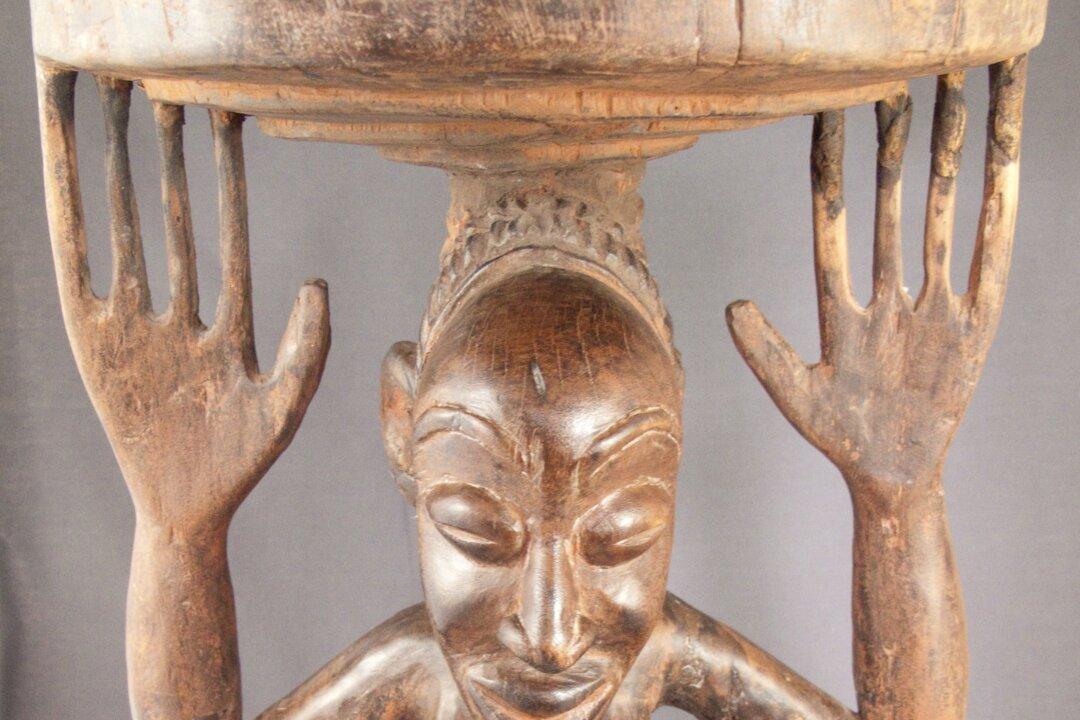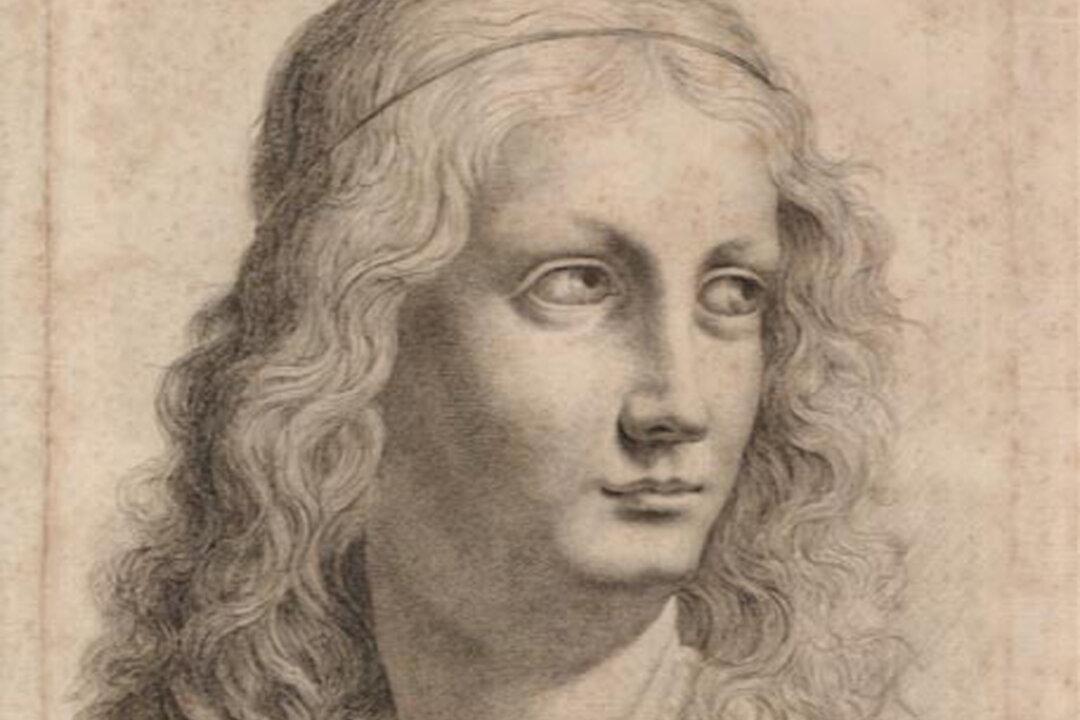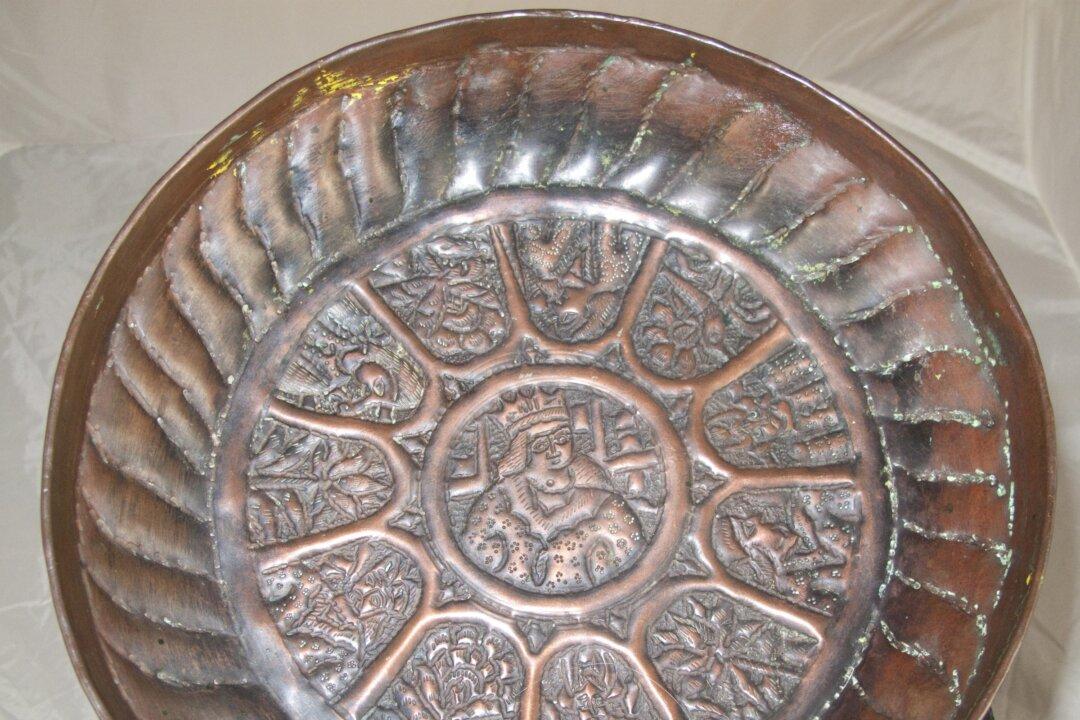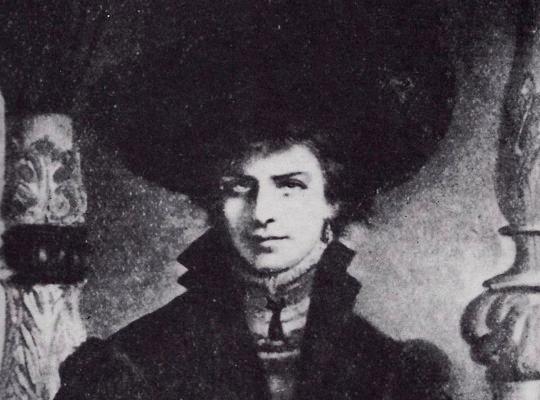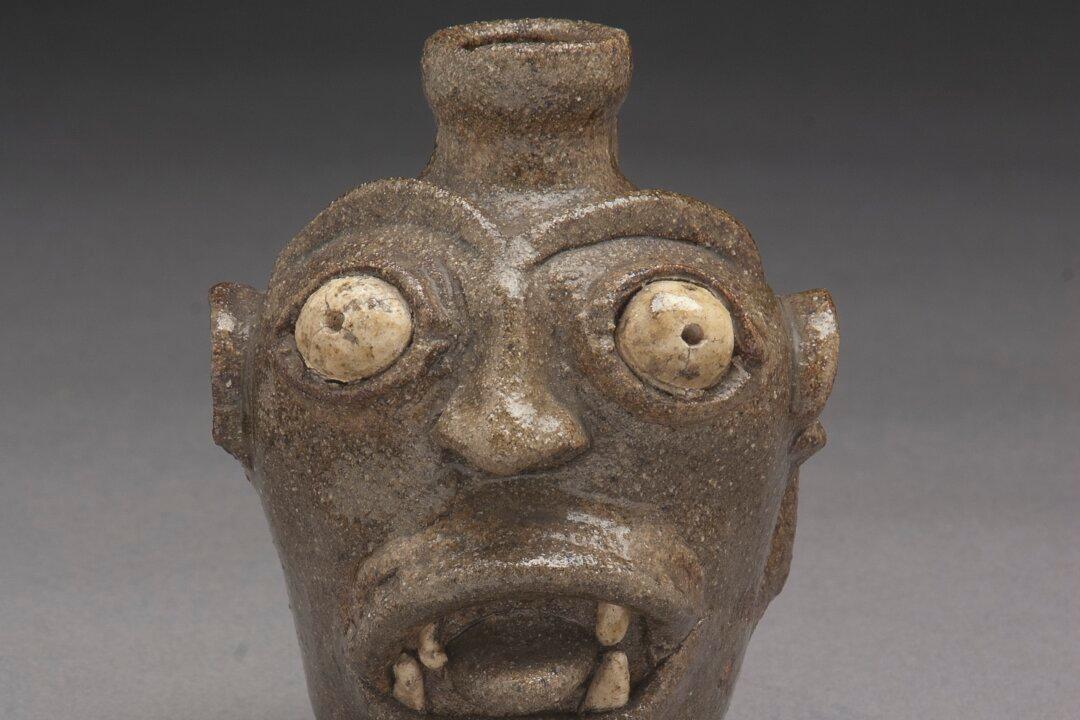 West African caryatid stools are prestige items designed as the “seat” of the soul of a new King of the Luba tribe in the Buli region of the Congo. They were sacred, rarely brought into public view, and were carefully kept hidden in the King’s household where they were shrouded in cloth and occasionally anointed with palm oil.
West African caryatid stools are prestige items designed as the “seat” of the soul of a new King of the Luba tribe in the Buli region of the Congo. They were sacred, rarely brought into public view, and were carefully kept hidden in the King’s household where they were shrouded in cloth and occasionally anointed with palm oil.
There are many such stools but one particular style transcends them all. These few precious objects are 19th century caryatid stools made by the “Buli Master.”
In terms of artistic mastery, these works are simply magnificent. Today they are regarded as the highest achievement of the rich wood carving tradition of West Africa.
This is underscored by the sale of a Buli Master stool for $7.5 million at Sotheby’s in London. It was acquired in Paris in 1896 and remained in a collection in Belgium until the recent sale.
There are 19 known examples of the Buli Master’s work in collections and museums around the world—and recently what appears to be a twentieth stool has come to light.
This exciting discovery was made when the estate of a resident of the Medway Towns near London, UK was examined. The estate contained a selection of furniture, ceramics, and African art that included the Buli stool. Navy Lieutenant Wilfred H. Tidswell collected the African art in 1925 when he served in the Royal Navy. It was brought back to the Medway towns where the collection remained until his death in 1976. The stool was bequeathed to his housekeeper and it was after her recent death that the existence of the stool came to light.
Today it is believed that the original Buli Master was a man called Ngongo ya Chintu who lived from 1810 to 1870. (footnote 1) His work is remarkable for consummate carving skill and his ability to imbue his faces with singular emotional intensity.
According to the Metropolitan Museum: “...formal characteristics of the Buli Master’s corpus include enlarged, flattened hands turned palm forward; a heavy, four-lobed coiffure crisply undercut at the back of the neck; and an expressive, mournful face. With its slightly aquiline nose, arching brows, and pursed lips, the face wears an expression often interpreted as suffering by Western viewers.” (footnote 2)
The Medway stool shows these characteristics completely. All known examples differ slightly in execution, as might be expected from an artist over an extended lifetime. The Medway stool, for example, shows the signature four-point coiffure carved into attractive elongated backswept points, the lowest extending down the back of the kneeling figure. The feet are resting on the sides, rather than the toes and the scarification marks on the body are incised rather than carved in the round.
Frans Olbrecht first recorded the works of the Buli Master in 1929 by when he found 10 examples in museums and collections. He published his study in a now-unavailable 1946 book. (footnote 3)
Two more examples came to light several years later. A thirteenth example was acquired by the Metropolitan Museum in 1980. (footnote 4) Further finds have now brought the total to nineteen 19 examples, with the Medway stool being a possible twentieth.
Questions were raised as experts continued to study this corpus of work. Was there indeed one Buli Master, or is this the work of several, such as a master and apprentices? Current thinking is that there was in fact a workshop where carvers worked under the guidance of the original carver, presumably Ngongo ya Chintu. This would also explain the subtle differences in the features of each piece over time.
Hundreds of caryatid stools are available to collectors today, many of them on eBay for a few dollars. The price is usually right. Even a cursory examination of the carving work quickly reveals a lack of expertise. Many of these works are skillfully aged fakes and the workmanship serves only to underscore the incomparable beauty and skill of the Buli Master or perhaps his apprentices.
The current owner of the new find is seeking expert advice on conservation and attribution, after which it will most likely be auctioned.
Mark Newell is a writer, anthropologist, and award-winning graphic artist with an interest in the history of art and especially the Medieval and Renaissance periods. He can be reached at [email protected]
Footnotes
1 Metropolitan Museum, http://www.metmuseum.org/collections/search-the-collections/314034
2 ““The Buli Master: Stool (1979.290)”". In Heilbrunn Timeline of Art History. New York: The Metropolitan Museum of Art, 2000–. http://www.metmuseum.org/toah/works-of-art/1979.290 (October 2006)
2 Frans M. Olbrecht, 1946, ““Plastiek van Kongo”” French translation published by Erasme, Brussels 1959.
4 Claude-Henri Pirat, ““The Buli Master-Isolated Master or Atelier?”” Tribal Arts Magazine, Vol III, Number 2, Summer 1996. pp 54-77
